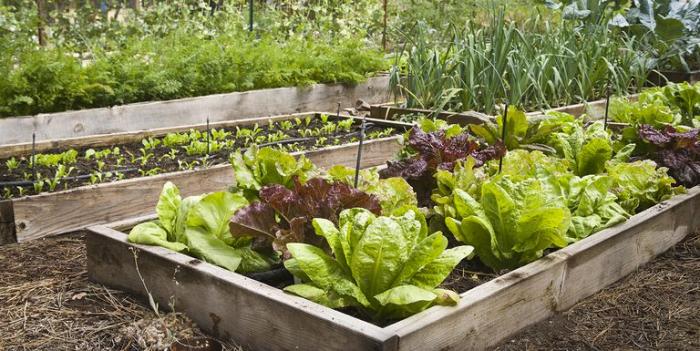What is Hydroponics?
Hydroponics is a type of hydroculture, where plants are grown without using soil, i.e. only mineral nutrients required for the plants are provided. Soil is replaced by a medium called aggregate. This aggregate is what holds roots of the plants, usually perlite or gravel is used. The nutrients provided are from several sources such as fish waste, and natural and commercial fertilizers.
A hydroponic garden has a 30-50 percent faster growth rate and a larger yield than a soil garden. Hydroponic gardens also have fewer issues with bugs, pest, and disease.
How is this used for backyard gardening?
- What materials are required to develop Hydroponic System?
In order to develop a Hydroponic system, one needs planting beds. These planting beds can be anything that will hold water, such as rain gutters, roof trays or small kiddy wading pools. Further, aggregate is required. However, aggregate doesn’t have to be new, but it must be sterilized to avoid introducing pests and disease into the hydroponic system. Pea gravel and perlite are two commonly-used types of aggregate.
- What can be grown with Hydroponics?
A good ebb and flow system will grow just about any kind of plant. The size of […]
Full article: Hydroponics for Sustainable Backyard Gardening

